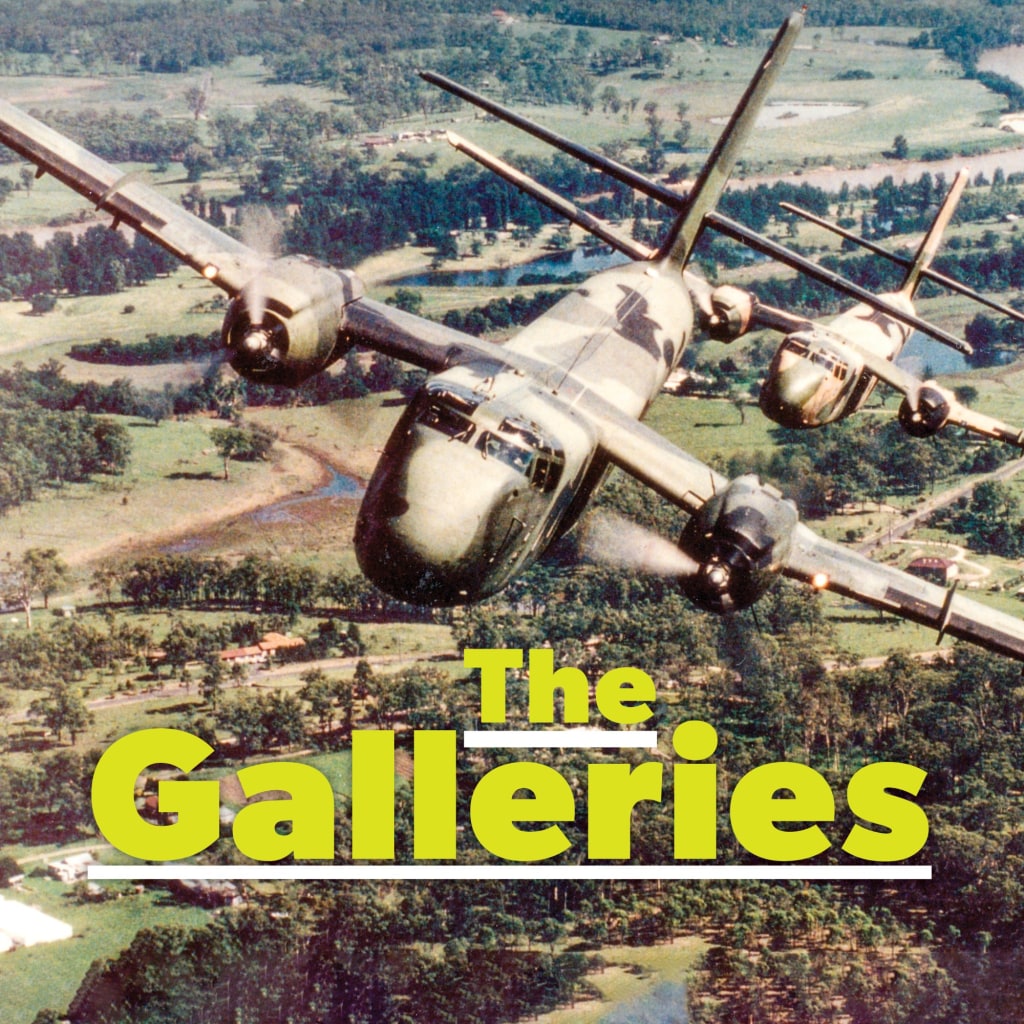
NO GOING BACK? There are no viable alternatives for the RAAF to the F-35. (Lockheed Martin)
A flying lemon or petulant pessimism?
The ongoing debate over whether the F-35 is the right choice to fill the RAAF’s requirements for the new air combat capability is dated, frustrating and ultimately, useless.
The Lockheed Martin F-35 won’t be a redesign of the wheel, at least in terms of the airframe. What will set the F-35 apart is the complex sensor package that allows the pilot to go from ‘Maverick tactical jet-jockey’ to ‘over-the-horizon strategic-level operator’. But anyone playing the home-game would know that the program has not been peaches-andcream.
But the program’s critics are arguing the wrong points, and putting faith in theories that don’t necessarily make sense. By all means, criticise where the program is currently.
Such criticism is constructive and forces governments to take notice and engage in the process. But criticising the program itself is a counterproductive waste of breath.
Program critics have often complained that the F-35 was the wrong selection, and will ultimately be overwhelmed by a potential adversary’s more advanced fifth generation fighter. These same critics say we should have kept the 1960s-designed F-111 bomber, and operated them in conjunction with the F-22 Raptor, an aircraft that has and will never be exported outside the United States, and for which production has now ended.
The argument is fundamentally flawed on a number of levels. The classic F-111 argument, that Australia should never have ditched the venerable Pig in favour of the whizz-bang do-all JSF ignores the progress made in sensor technology since mid-20th century.
The F-111 was a capable platform in its time, but a tired third generation airframe is illequipped to fight in contested airspace in the 21st century.
And as for the F-22 argument, Australian Aviation has previously covered the range of difficulties associated with restarting the F-22 production line. Even if it was diplomatically possible (unlikely), the technical, manufacturing and assembly staff are gone (almost irrevocably), and the more classified elements of tooling not preserved would be slated for destruction, if they haven’t already been destroyed.
What’s more, the F-22 has it’s own range of problems that still need to be addressed.
Overall, a small production run of 187 aircraft is not a viable exemplar for the F-35, a program seeking to produce around 2,500 aircraft.
A so-called ‘JSF killer’ , the Chinese developmental Jian-20, or J-20, appears to be a very capable aircraft, seemingly sharing a number of characteristics with its F-35 and F-22 counterparts. But then there is quite a difference between building two extremely expensive test and development aircraft and being able to cheaply and effectively mass produce a fifth generation fighter, a feat many experts still believe is beyond the Chengdu Aircraft Industry Group, at least for the time being.
The F-35 program itself seems to have some significant issues. Few would argue that concurrency has not been a constant bane of the JSF program. Concurrency saw the flight-testing and early manufacturing phases run in parallel, which was meant to deliver time and money savings due to the capabilities of modern computer-simulated design.
It seems obvious now that the computer simulation was not as foolproof as expected. A significant number of already-produced F-35s will require costly retrofitting to rectify problems to allow them to reach their full design service life.
Also driving cost is the impact of ongoing political delays. Especially for the lowrate initial production (LRIP) batch jets, economies of scale have a large bearing on per unit costs, and so the more orders are delayed, the higher the unit cost of those jets becomes.
In a self-fulfilling prophecy, delays that push aircraft to the right also serve to increase the costs of other aircraft and thereby provide political reasoning for further delays.
The arguments over the F-35 are growing tiresome for all involved. The program is not perfect and the aircraft is unlikely to be everything we were told it would be. It’s long past the point of being able to be delivered on schedule and under budget.
But quite simply, there are presently no valid or viable alternatives for the RAAF’s acquisition of a fifth generation combat aircraft. There is nothing available to us that will fill the fifth generation capability sought by Air Force.
The F-35 program has been fraught with problems, consistently delayed, is nowhere near initial cost estimates, and still has some way to go before concurrency is a past issue and production can reach its full potential.
All of these are a consequence of an overly ambitious program aimed at achieving a broad spectrum of airborne combat roles.
Even considering these realities, with no real alternative, critics of the program need to answer this simple question: would you prefer the F-35 or would you prefer nothing? Yes, the cost is high. But what is the cost of not having an air combat capability? Perhaps the time has come to put aside dislike of the platform, or ongoing petulance that one academic or another’s favourite option was not selected, and get on with the job of providing for Australia’s national air combat capability into the 21st century.












